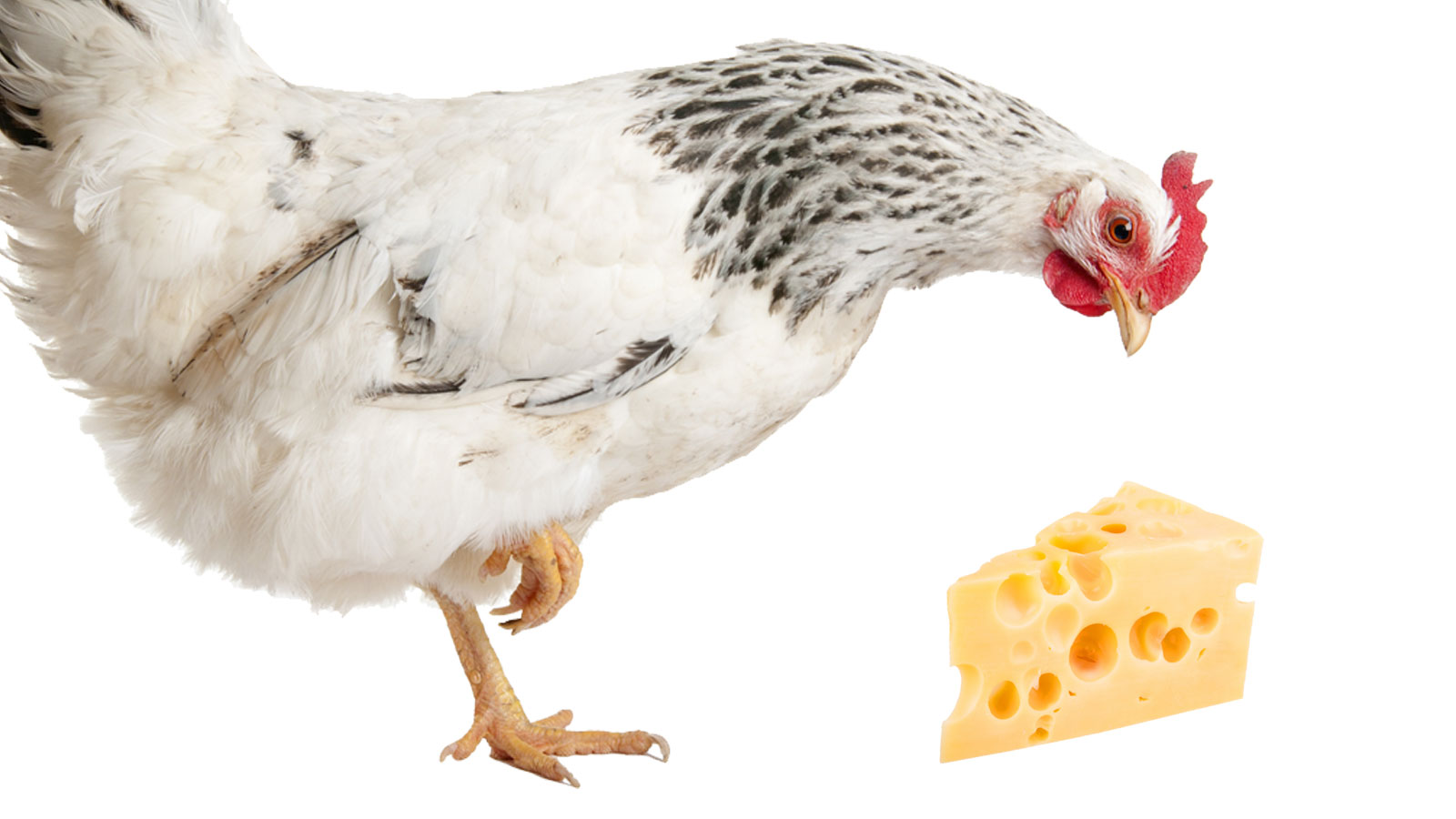Q. While I understand the serious ethical debate around the eating of animals, my question has a different focus. Assume that both cows and chickens are raised by the very best current practices regarding environment protection and ethical treatment of animals. As a source of protein, which is more environmentally costly: dairy products such as yogurt and cheese or meat from chickens?
Margaret B.
Rockaway, N.J.
A. Protein, protein, protein: Does any other food group cause us nearly so much angst? We need it, we love it, yet many of us agonize over the best way to get it into our bodies (then there are those who eat steak for breakfast, but I’m guessing we lost them back at “ethical debate”). For those who do eat animal protein — 97.5 percent of us, that is — the choices can be a bit confusing.
I see you stranded between the dairy and poultry aisles, Margaret. Let’s look at each in turn. When it comes to milk, yogurt, and cheese, the biggest climate-related issues are methane production from dairy cows (both directly and from the decomposition of their manure) and feed production. We can also consider the electricity used in milking the cows and refrigerating the white stuff. Dedicated readers will remember that methane is a potent greenhouse gas produced in the stomachs of ruminant animals — your cows and sheep, mainly. Dairy cows are certainly guilty of belching up their share, but in all, they produce a lot less methane than beef cattle do: Dairy breeds account for about 25 percent of total burp-related emissions, compared to beef cows’ 71 percent (horses, sheep, pigs, goats, and mules together account for the remaining 4 percent).
Then there’s poultry. The nation’s chickens and turkeys have a big advantage in that they don’t spew methane, though their manure can produce smaller puffs of the gas as it breaks down. Feed production adds to their impact, but poultry obviously scarf down far less than cattle, and they need less space to boot. On the minus side, poultry requires more energy and water to process than dairy products.
How does it all shake out? What we need is a detailed analysis comparing the lifetime carbon footprints of each option – and lucky for us, we got one this year in Proceedings of the National Academy of Sciences. The study looked at feed costs, including fertilizer, and land and water used in raising the animals. Ready for the takeaway? Pork, chicken, dairy products, and eggs are all pretty much the same in terms of eco-impact, though poultry did better than dairy in the greenhouse gas category (and pork and eggs are better still).
If that comes across as a bit anticlimactic, Margaret, let’s turn to another study conducted by the Environmental Working Group in 2011. This one declared two-percent milk the winner of all surveyed animal proteins, with a score of 1.9 kg of carbon per kg of food (even lower than dry beans and tofu). But before we give the crown to dairy products, consider that cheese scored third-highest on the list, behind only beef and lamb, with 13.5 kg of carbon. (Cheese requires tons of milk to produce.) Turkey is a step down at 10.9 kg, chicken comes next at 6.9 kg, eggs put up 4.8 kg, and yogurt gets it down to 2.2 kg. So you can see, the question of dairy vs. poultry depends on what kinds of dairy and poultry we’re talking about.
One thing that is abundantly clear: Beef has by far the biggest impact, towering over the other animal proteins (lamb technically has a larger carbon footprint, but we eat very little of it compared to our burgers and T-bones). According to the 2014 study, beef production gobbles up 28 times more land, six times more fertilizer, and 11 times more water than everything else, and it accounts for five times more emissions. You may have already figured this out, Margaret, but swapping a steak for either a dairy product or some nice baked chicken is a big environmental winner.
And if you’re left salivating for a still more sustainable animal protein? We can turn to fish (especially those like herring), mussels, oysters, and, particularly promising on the environmental if not taste front, bugs. Of course, when you’re choosing to chow on any of the above, remember our mantra over here at Grist: Seek out proteins from local, organic, and humanely raised animals. Today I’ll add one more tip: When in doubt, a nice pot of stewed lentils is never a bad idea.
Amino-acidly,
Umbra



